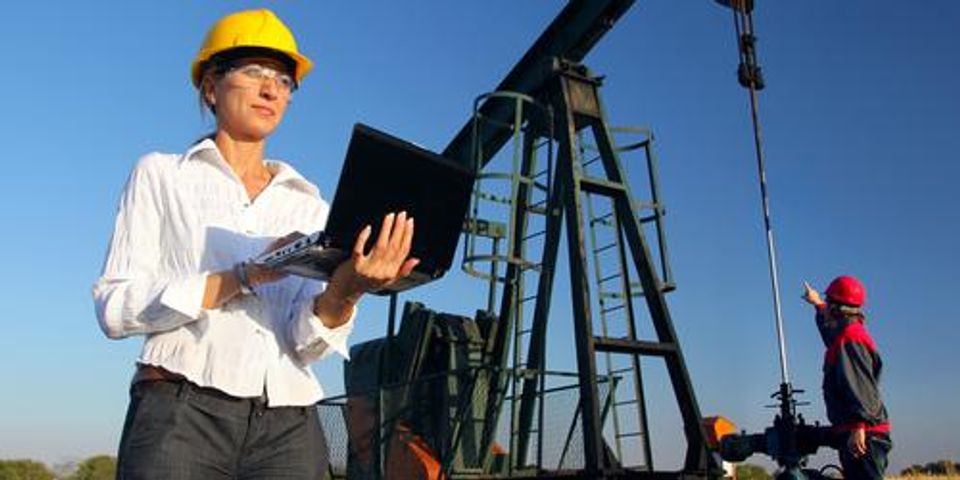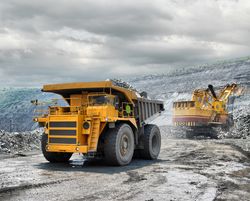Geo Scientists Offer a Quick Guide to Seismic Refraction

Not that long ago, digging a water well, exploring oil reserves, or building a foundation involved a certain amount of educated guesswork and trial-and-error. But modern technology has given geo scientists an array of tools that allow them to see underground without disturbing the surface. Seismic refraction is an extremely sensitive process that provides highly detailed information to save builders, researchers, and industrial enterprises a great deal of time and money.
An Overview of Seismic Refraction
What Is Seismic Refraction?
 Just as light refracts when it passes through water, seismic waves change direction and magnitude slightly when passing through different materials in the earth. A seismic refraction survey harnesses this principle by sending acoustic waves into the ground, which are then measured by sensitive devices called geophones.
Just as light refracts when it passes through water, seismic waves change direction and magnitude slightly when passing through different materials in the earth. A seismic refraction survey harnesses this principle by sending acoustic waves into the ground, which are then measured by sensitive devices called geophones.
Geophones convert ground movement into electrical waves, which can then be measured by sophisticated software that analyses the results. The different rates of refraction can tell geo scientists where the sound waves passed through bedrock, soil, and sand, and identify other important geological features underground.
What Is Seismic Refraction Used For?
Depending on the needs of the project, seismic refraction might be used to identify the angle, depth, or orientation of the bedrock, which are all crucial for many construction and mining applications. It can also be used to find the depth to groundwater and map fracture and fault lines.
As one of the state’s leading geological services providers, GeoTek Alaska provides a wide range of vital services to government agencies, businesses, and property owners throughout the region. Their team of experienced geo scientists uses cutting-edge seismic refraction equipment, so they provide fast reports without sacrificing quality. Visit their website to learn more about seismic refraction studies, or call (907) 569-5900 to discuss your needs with a member of their team.
About the Business
(6 reviews)
Have a question? Ask the experts!
Send your question

